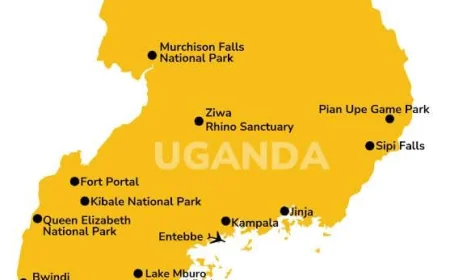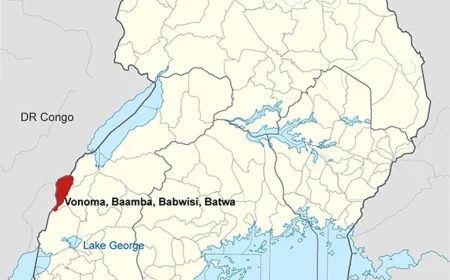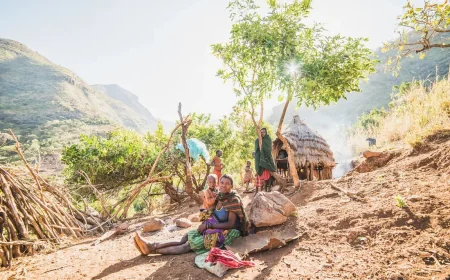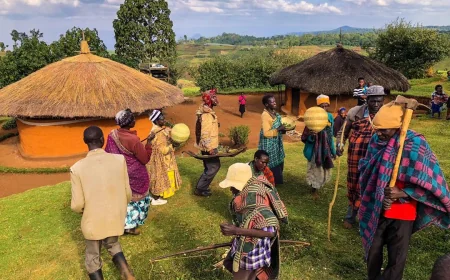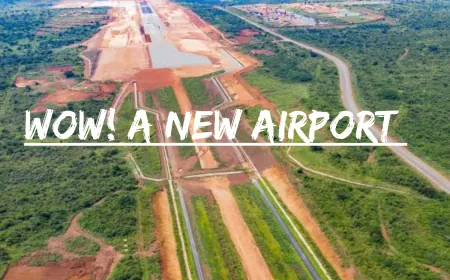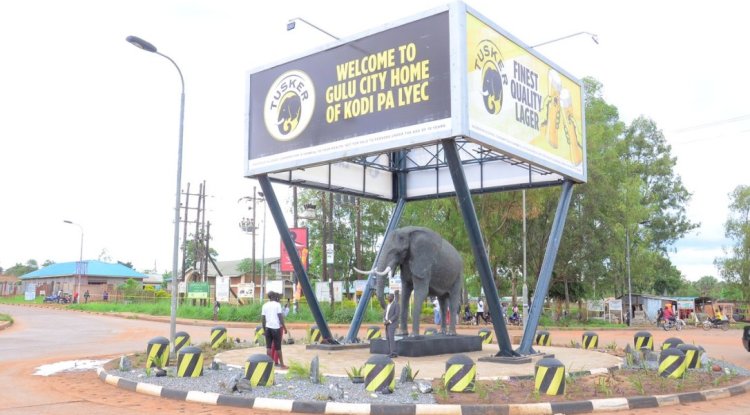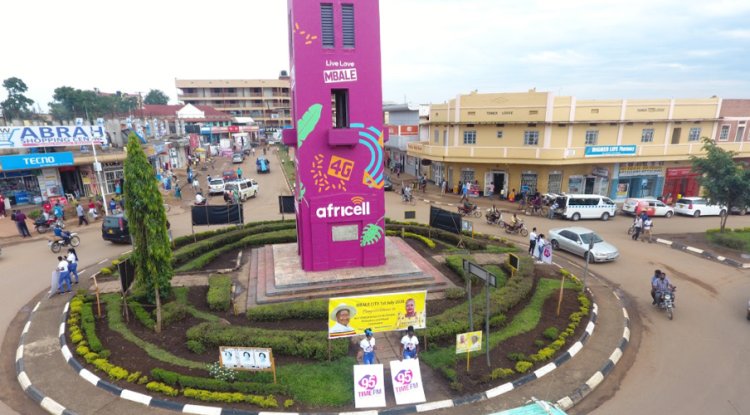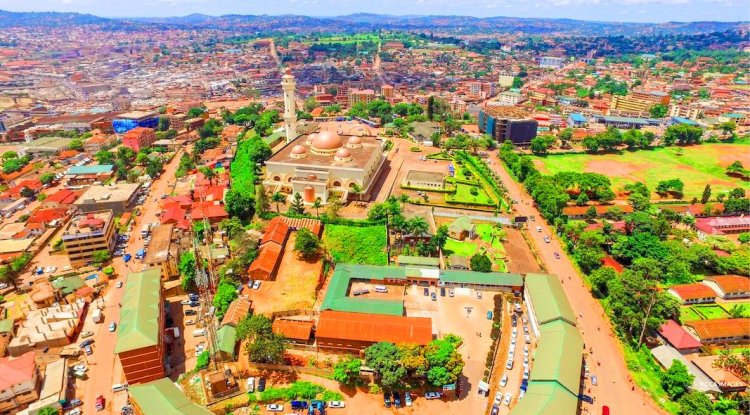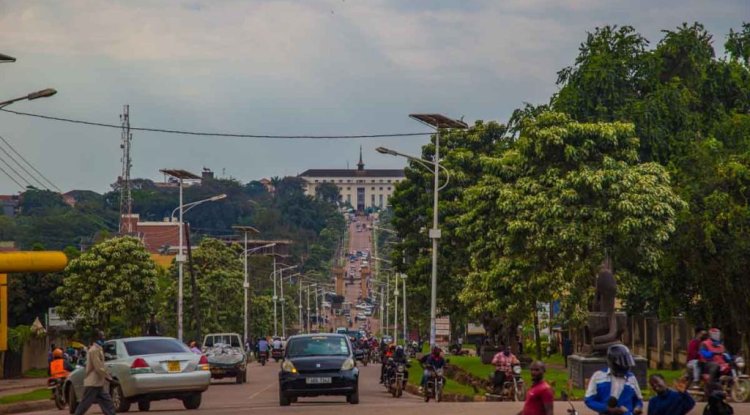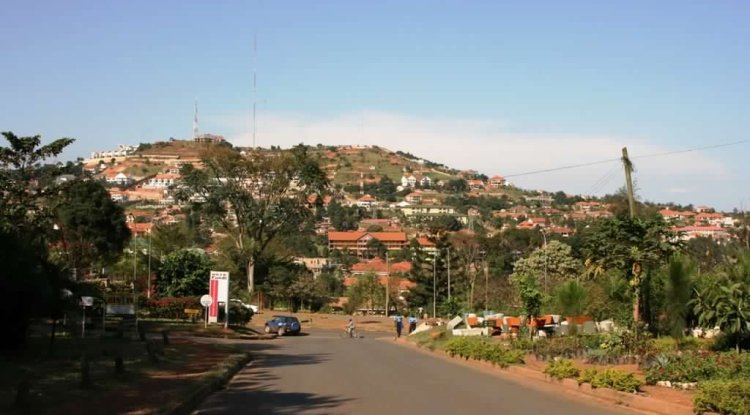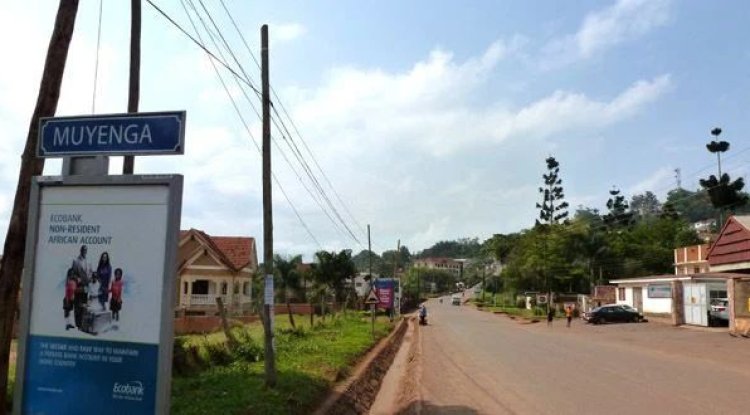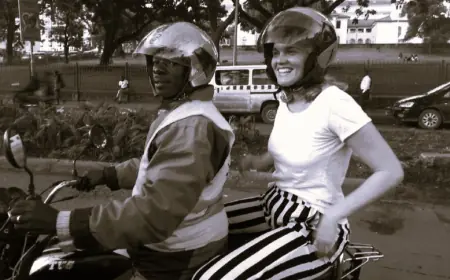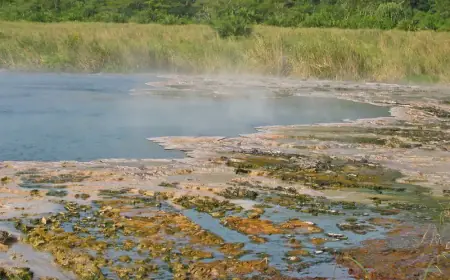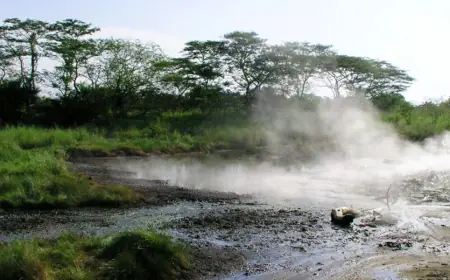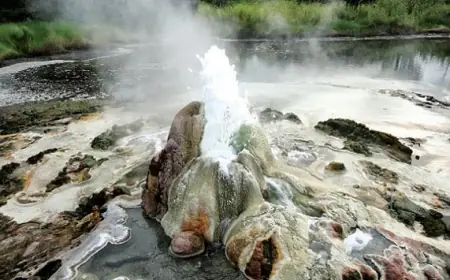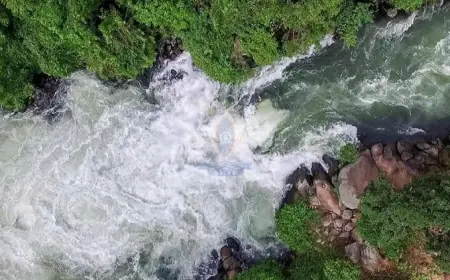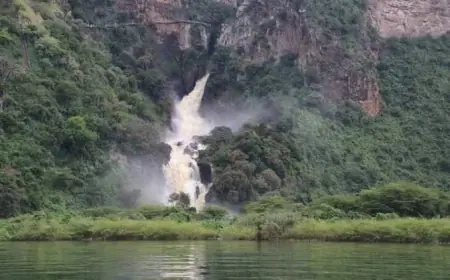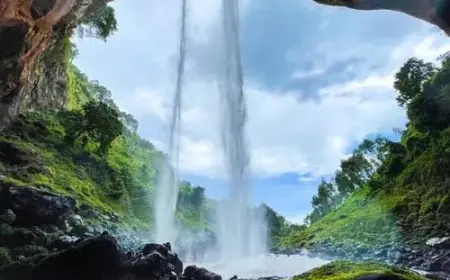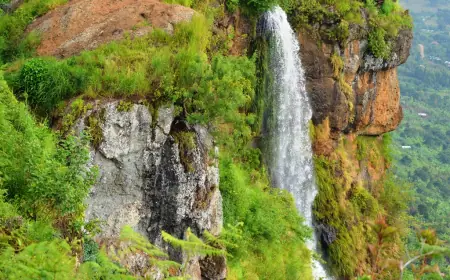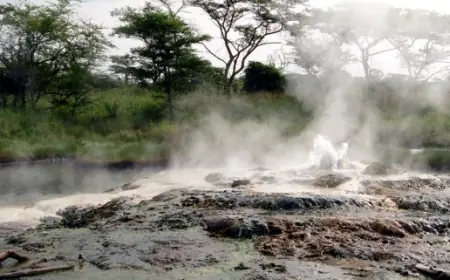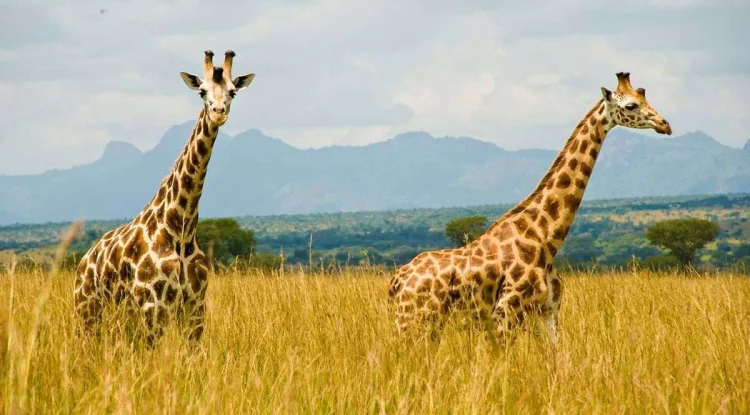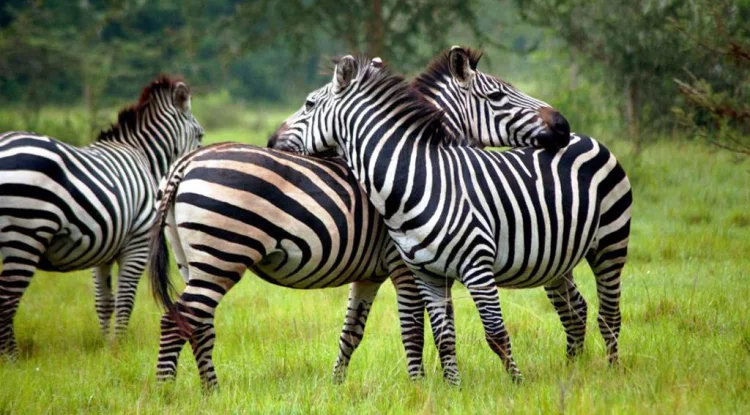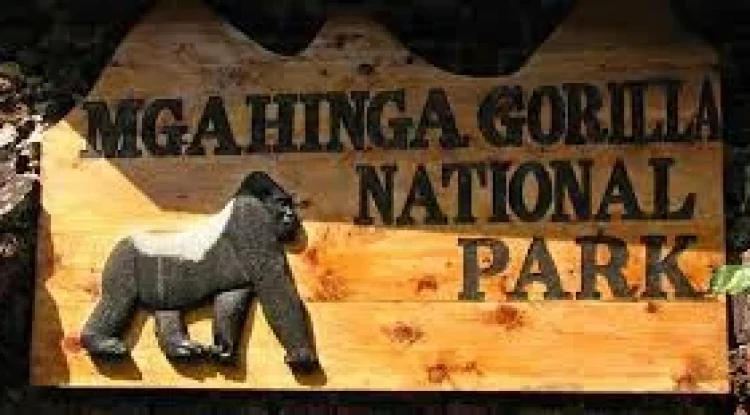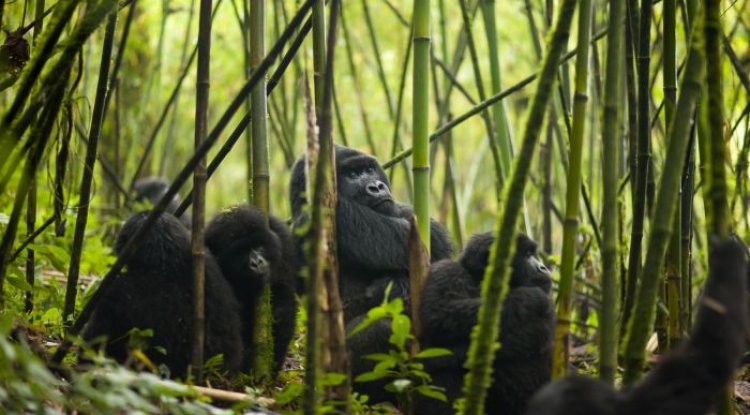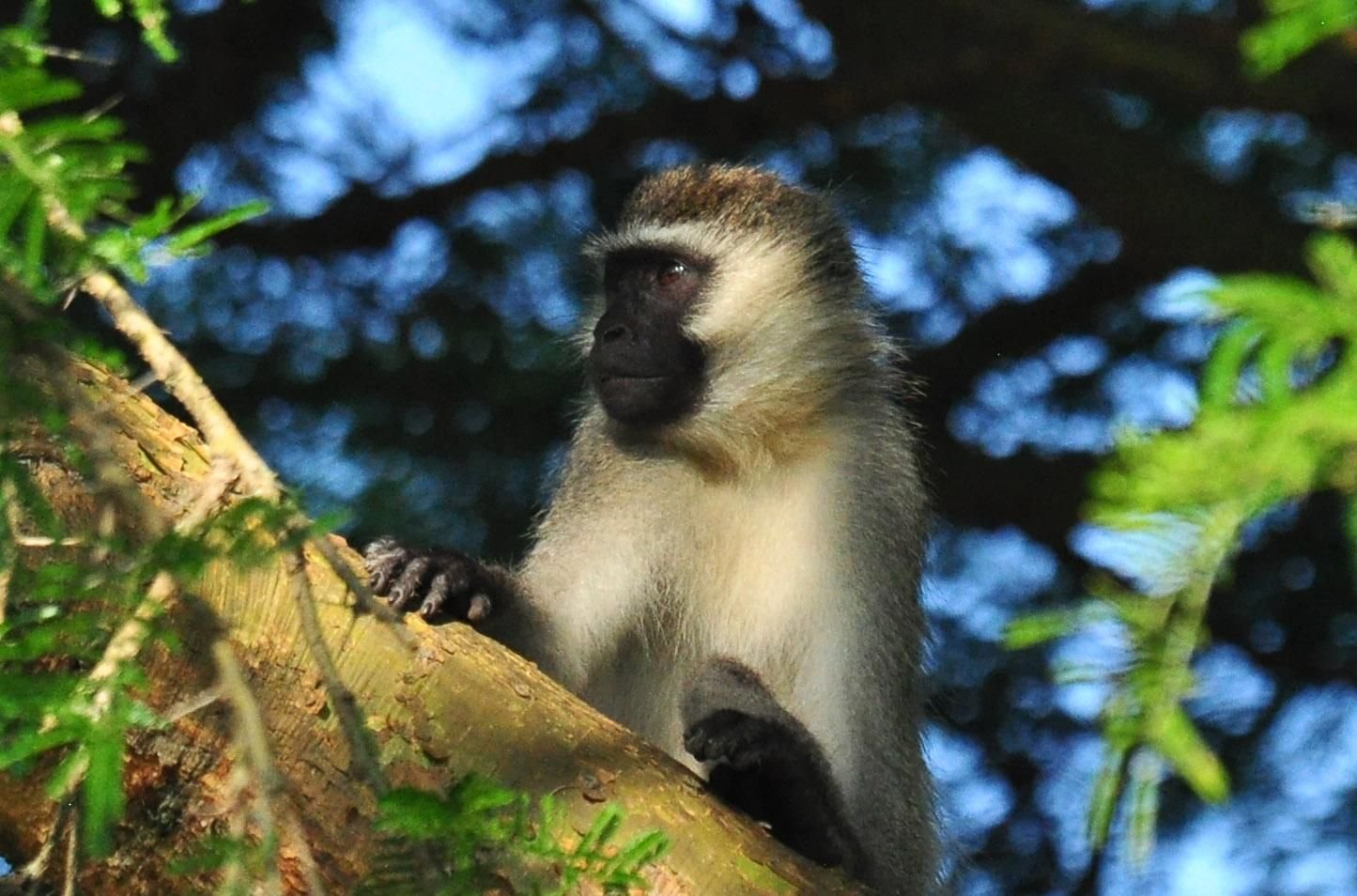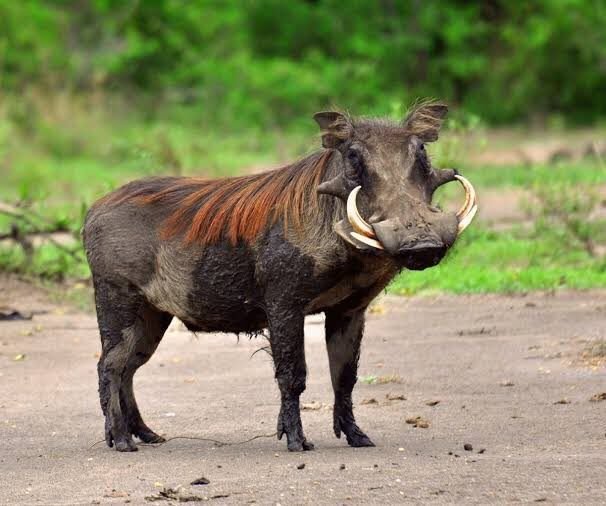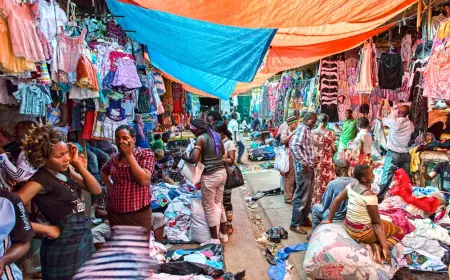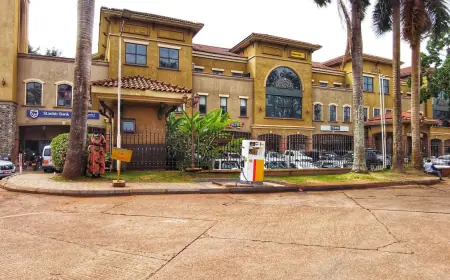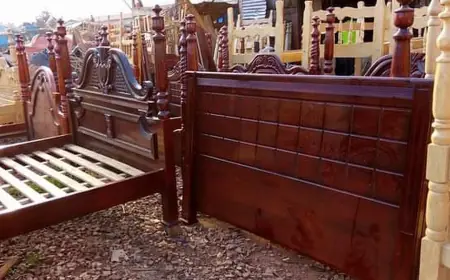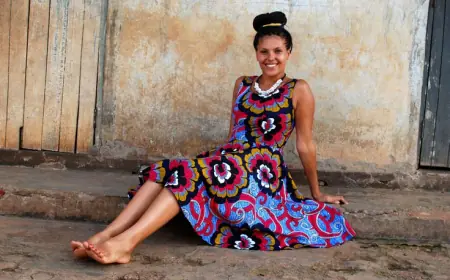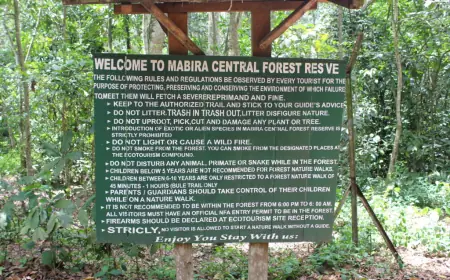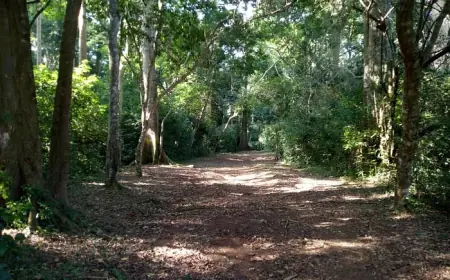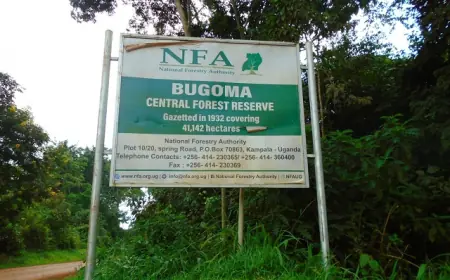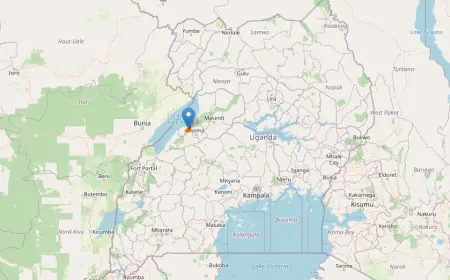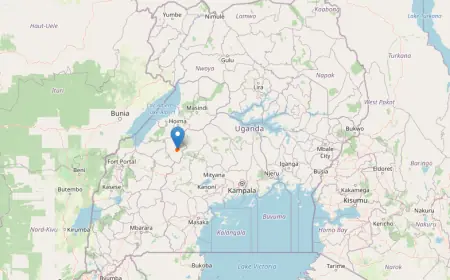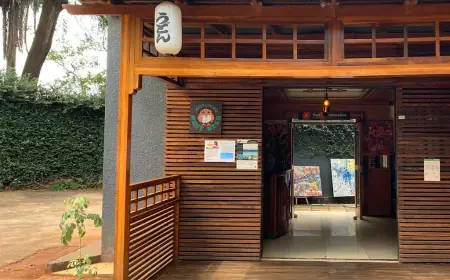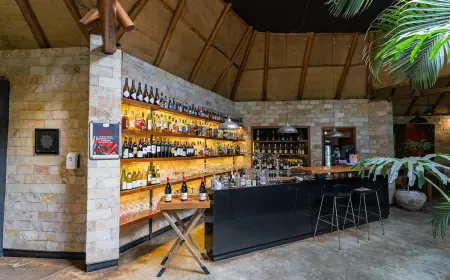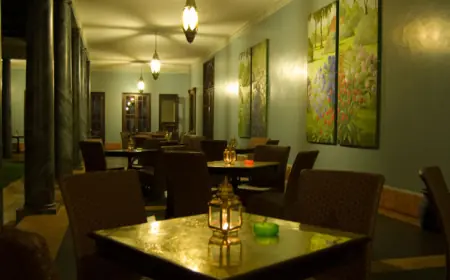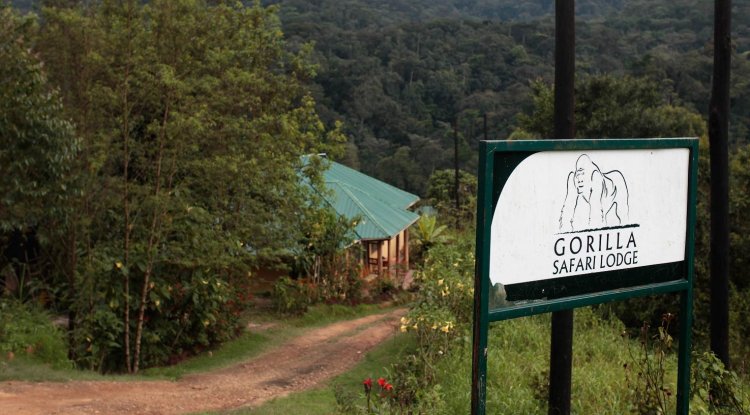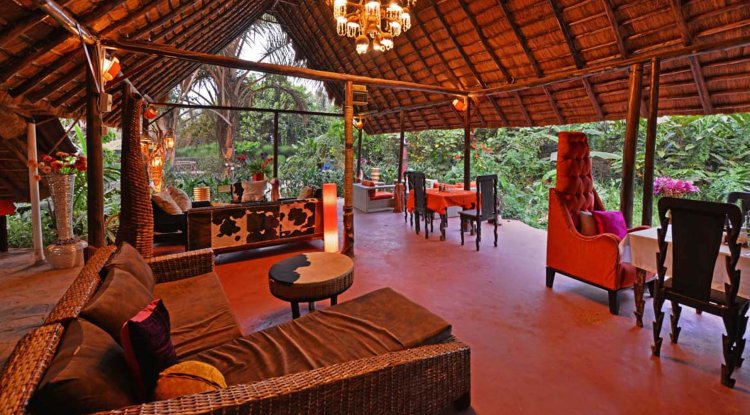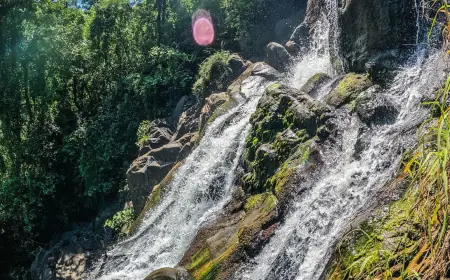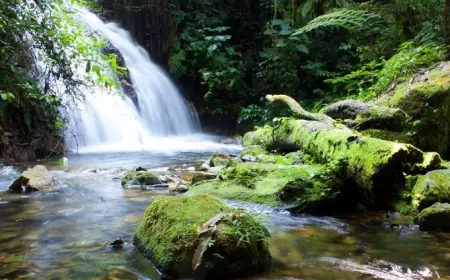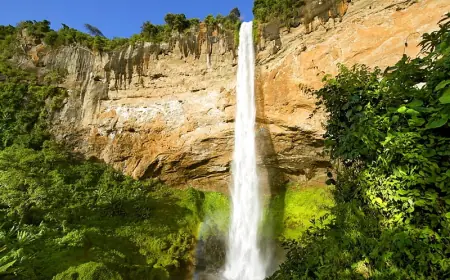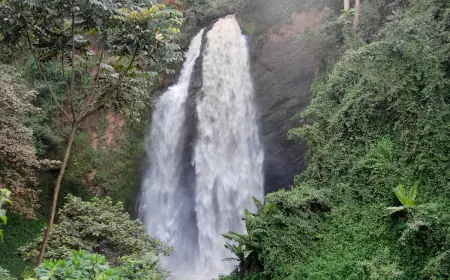Bujagali Falls: The Lost Wonder of the Nile
Bujagali Falls is a lost wonder of the Nile, but it is also a living legacy of the Nile. The falls are a part of the history, identity, and future of the people of Uganda and the people of the world. The falls are a reminder of the beauty and power of nature, as well as the challenges and opportunities of development.
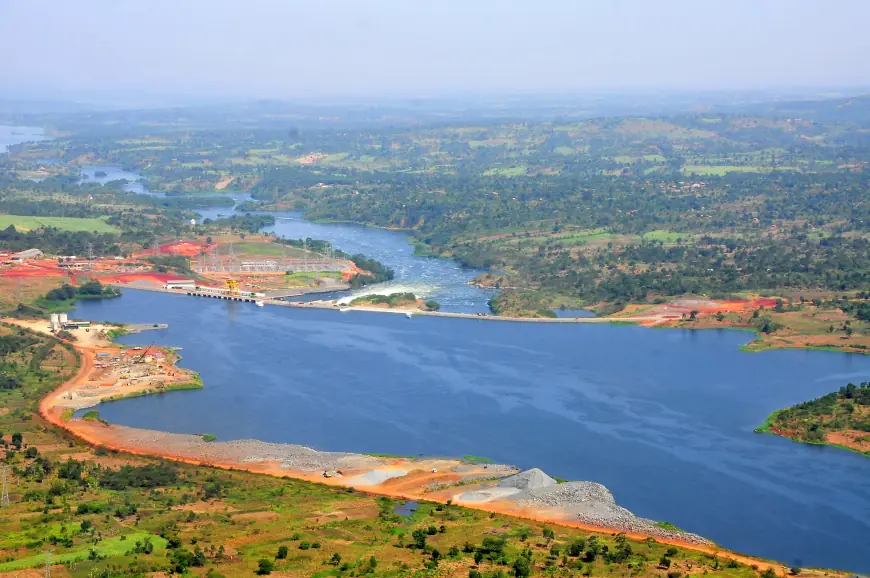
Imagine standing on the edge of a roaring waterfall, feeling the spray of water on your face, and hearing the thunderous sound of the mighty Nile River as it plunges down a series of rapids. This was the experience of visiting Bujagali Falls, a natural wonder and a spectacular tourist attraction in Uganda, until a few years ago.
Bujagali Falls, also spelled Budhagali, was located near Jinja, about 10 kilometers downstream from the source of the Nile, where the river flows out of Lake Victoria. The falls consisted of six-grade rapids, each with its own name and character, offering a thrilling adventure for rafters, kayakers, and tubers. The falls were also a cultural and spiritual site, home to a local river spirit called Budhagali, who was believed to protect the community and perform rituals at the falls.
However, in 2012, Bujagali Falls was submerged by the construction of the Bujagali Power Station, a 200 MW hydropower facility that aimed to address Uganda's energy crisis and boost its economic development. The damming of the falls sparked a lot of controversy, as it affected the livelihoods, the environment, and the culture of the people living around the falls. The project also faced opposition from international organizations, such as International Rivers, who argued that the dam's power would not benefit the majority of the population, would harm the biodiversity of Lake Victoria, and would destroy a sacred and scenic site.
In this blog post, we will explore the history, beauty, and controversy of Bujagali Falls, as well as what happened to the falls and the spirit after they were flooded. We will also share some statistics and sources to give you a deeper insight into this fascinating topic.
The History of Bujagali Falls
Bujagali Falls has a long and rich history, dating back to pre-colonial times. The falls were named after a clan leader called Bujagali, who was said to have drowned in the rapids while trying to cross the river. According to legend, his spirit remained in the falls and was passed on to a succession of healers, who became the custodians of the falls and the river.
The most famous of these healers was Jaja Bujagali, who claimed to be the 39th person to be possessed by the spirit of Bujagali. He lived in a hut near the falls and was revered by the locals as a medium, a healer, and a protector. He performed ceremonies and rituals at the falls, such as blessing the rafters, curing the sick, and predicting the future. He also entertained the visitors with his feats of swimming, diving, and balancing on the rapids.
Bujagali falls 12 Years ago
Jaja Bujagali was also a vocal opponent of the dam project, as he believed that it would drown his spirit and destroy his ancestral home. He led several protests and petitions to stop the dam and even filed a lawsuit against the government and the World Bank, which funded the project. He argued that the dam violated his human rights, his cultural rights, and his religious rights, as well as the rights of the environment and future generations.
However, Jaja Bujagali was not the only healer who claimed to have the spirit of Bujagali. Another healer, called Nsubuga, also said that he was the rightful heir of the spirit and that he had the power to appease and relocate the spirit to another site. He was hired by the dam developers to perform three grand ceremonies, in 2007, 2011, and 2012, to clear the way for the dam. He received a lot of money and gifts for his services, but he was also accused of being a fraud and a traitor by Jaja Bujagali and his supporters.
The beauty of Bujagali Falls
Bujagali Falls is one of the most beautiful and scenic places in Uganda and a popular destination for tourists and locals alike. The falls offered a stunning view of the Nile as it cascaded down a series of rapids, creating white foam and a rainbow mist. The falls were surrounded by lush greenery, colorful flowers, and exotic birds and animals. The falls also had a serene and spiritual atmosphere, as they were considered to be the home of the river spirit and the ancestral spirits.
Bujagali Falls was also a paradise for adventure seekers, as it offered a variety of activities and sports, such as rafting, kayaking, tubing, bungee jumping, jet boating, quad biking, and zip-lining. The falls were rated as one of the best rafting destinations in the world, as they had rapids ranging from grade 1 to grade 6, suitable for all levels of experience and thrill. The falls also had a number of campsites, lodges, restaurants, and bars where visitors could relax, enjoy the view, and mingle with the locals and other travelers.
Bujagali Falls was not only a place of beauty and adventure but also a place of culture and education. The falls were a source of inspiration and knowledge for many artists, writers, researchers, and students who came to learn about the history, ecology, and spirituality of the falls and the river. The falls also hosted many festivals, events, and workshops, such as the Nile River Festival, the Bujagali Cultural Festival, and the Nile Discovery Camp, where people could celebrate, learn, and share their stories and experiences.
The Controversy of Bujagali Falls
Bujagali Falls was also a place of controversy and conflict, as it was the site of a major dam project that had a lot of social, environmental, and economic implications. The dam project was initiated in the late 1990s as part of Uganda's plan to increase its electricity supply and reduce its dependence on fossil fuels. The project was supported by the government, the World Bank, and the African Development Bank, who argued that the dam would provide cheap, clean, and reliable power to the country and would boost its growth and development.
However, the dam project also faced a lot of opposition and criticism from local communities, civil society groups, and international organizations, who raised a number of issues and concerns about the dam. Some of these issues and concerns were:
-
The displacement and resettlement of about 6,800 people who lived near the falls and who depended on the river for their livelihoods, such as fishing, farming, and tourism. The affected people claimed that they were not adequately consulted, compensated, or resettled, and that they faced a lot of problems and challenges in their new locations, such as land disputes, food insecurity, and loss of income.
-
The destruction and submergence of the falls, and the loss of their cultural, spiritual, and aesthetic value. The falls were considered to be a sacred and historical site and a natural wonder that had a lot of significance and meaning for the local people and the visitors. The falls were also a source of pride and identity for the people of Jinja, who called themselves the "People of the Falls.".
-
The impact and risk of the dam on the ecology and biodiversity of the Nile and Lake Victoria, which are among the most diverse and important ecosystems in the world. The dam could affect the water level, the water quality, the water flow, and the water temperature of the river and the lake, and could have negative consequences for the flora and fauna, such as the endangered fish species, the migratory birds, and the endemic plants. The dam could also increase the vulnerability of the river and the lake to pollution, invasive species, and climate change.
-
The cost and benefit of the dam, and the distribution and accessibility of its power. The dam was estimated to cost about $900 million, making it one of the most expensive dams in Africa. The dam was also financed by loans and guarantees from the World Bank and the African Development Bank, which could increase Uganda's debt burden and limit its fiscal space. The dam was expected to generate about 200 MW of power, which could increase Uganda's electricity supply by about 50%. However, the power from the dam could be expensive, unreliable, and inaccessible, as Uganda had a high tariff, a high transmission loss, and a low electrification rate, especially in rural areas. The power from the dam could also be exported to neighboring countries, such as Kenya and Rwanda, rather than being used for domestic consumption.
The Fate of Bujagali Falls and the Spirit
Bujagali Falls was officially submerged and flooded in 2012, after the completion and inauguration of the Bujagali Power Station. The falls disappeared from the landscape and were replaced by a large reservoir and a concrete dam. The rapids were silenced, and the river was tamed. The spirit of Bujagali was also said to have left the falls and moved to another location, according to the healer who performed the relocation ceremonies.
However, the memory and the legacy of Bujagali Falls still live on in the hearts and minds of the people who knew and loved the falls. The falls are still remembered and celebrated through stories, songs, photos, and videos. The falls are also still visited and explored by some adventurous and curious people who use boats, kayaks, or drones to see the remains of the falls and experience the hidden rapids that still exist under the water.
The spirit of Bujagali is also still alive and active, according to some people who claim that the spirit is still present and powerful and that he can still be contacted and consulted through the healers who inherited his mantle. One of these healers is Jaja Bujagali’s son, who goes by the name of Jaja Bujagali II and who lives near the dam. He says that he still performs rituals and ceremonies at the dam, and that he still receives visitors and clients who seek his guidance and blessings. He also says that he still opposes the dam and that he hopes that one day the falls will be restored and the spirit will be happy.
The Statistics and Sources of Bujagali Falls
To give you a more comprehensive and accurate picture of Bujagali Falls, we have compiled some statistics and sources that you can use to learn more about the falls and the dam. Here are some of the key facts and figures:
-
The Bujagali Power Station has a capacity of 200 MW, which is equivalent to about 15% of Uganda’s total installed capacity and 50% of its peak demand.
-
The Bujagali Power Station cost about $900 million to build, which was financed by loans and guarantees from the World Bank, the African Development Bank, the European Investment Bank, and other lenders.
-
The Bujagali Power Station reduced Uganda’s carbon emissions by about 1 million tons per year, which is equivalent to about 3% of Uganda’s total emissions and 0.002% of the world’s total emissions.
-
The Bujagali Power Station displaced and resettled about 6,800 people, who received compensation ranging from $1,000 to $10,000 per household, depending on the size and location of their land.
-
The Bujagali Power Station submerged and destroyed about 8.6 kilometers of the Nile River, which was home to about 300 species of fish, 350 species of birds, and 200 species of plants.
-
The Bujagali Power Station increased the water level of Lake Victoria by about 0.5 meters, which could affect the hydrological balance and the ecological health of the lake.
The Conclusion of Bujagali Falls
Bujagali Falls was a unique and remarkable place that had a lot of value and significance for many people and purposes. The falls were a source of beauty, adventure, culture, and spirituality, as well as a source of controversy, conflict, and change. The falls were also a source of power, both literal and figurative, as they were the site of a major dam project that had a lot of benefits and costs for the country and the region.
Bujagali Falls is no longer visible or accessible, but it is not forgotten or irrelevant. The falls are still remembered and celebrated through stories, songs, photos, and videos. The falls are also still visited and explored by some adventurous and curious people who use boats, kayaks, or drones to see the remains of the falls and experience the hidden rapids that still exist under the water. The spirit of Bujagali is also still alive and active, according to some people who claim that the spirit is still present and powerful and that he can still be contacted and consulted through the healers who inherited his mantle.
Bujagali Falls is a lost wonder of the Nile, but it is also a living legacy of the Nile. The falls are a part of the history, identity, and future of the people of Uganda and the people of the world. The falls are a reminder of the beauty and power of nature, as well as the challenges and opportunities of development. The falls are a lesson and an inspiration for us all to appreciate, protect, and balance the natural and human resources that we have, as well as to respect and understand the different perspectives and values that we share.
I hope you enjoyed this article about Bujagali Falls. If you have any feedback, questions, or comments, please let me know. Thank you for reading.
What's Your Reaction?
 Like
0
Like
0
 Dislike
0
Dislike
0
 Love
0
Love
0
 Funny
0
Funny
0
 Angry
0
Angry
0
 Sad
0
Sad
0
 Wow
0
Wow
0
